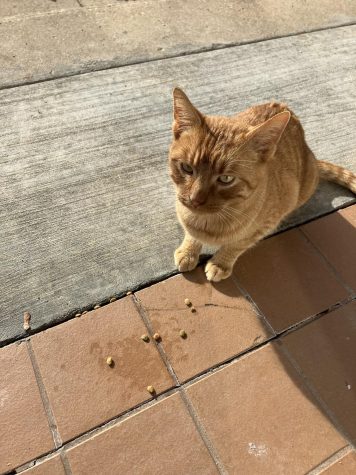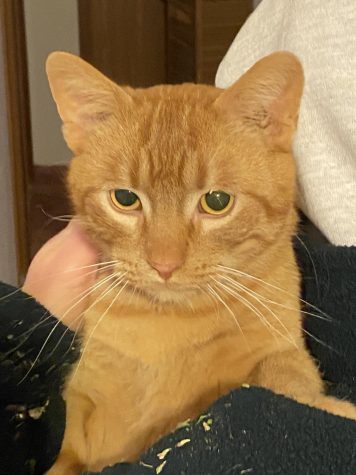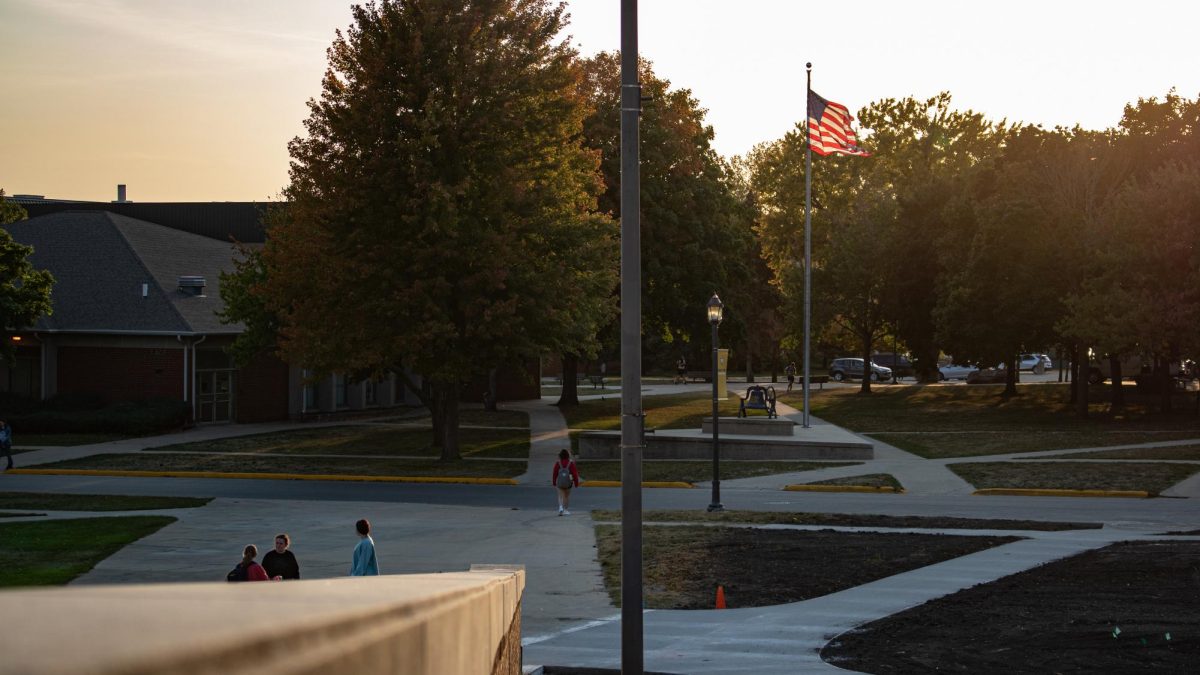Stray and Feral Cats on Campus – What You Need to Know
February 15, 2023
It is not out of the ordinary to see a variety of animals on Buena Vista University’s campus. From squirrels to rabbits to crows, these furry and feathered friends are no strangers to us. However, there have been some four-legged visitors who are a bit more unexpected.
“There have probably been cats on the campus forever; in some way, they’ve just become much more noticeable in the last few years,” said Dr. Dixee Bartholomew-Feis, Dean of the School of Liberal Arts and Professor of History at BVU. She recently had a notable experience with one striped stray, who she believes was someone’s former pet when mentioning that “this cat was coming really close to all of the buildings.” 
Dr. Bartholomew-Feis began to set out food and water for him in front of the Social Sciences & Art Hall to gain his trust. For several days she described how “…he was up on the steps; he was much less afraid than others.” Eventually, she managed to capture him in a pet carrier. He was then promptly taken to get vaccinated and fixed by a veterinarian.
Cheddar Bay Biscuit, as he was named by students, now lives far more comfortably in his new home. Still, in Cheddar’s absence, you may find feral felines around campus. Throughout this past month, students have spotted cats in bushes, parking lots, and near dumpsters.
This trend extends beyond BVU’s campus. Around Storm Lake, it is not unusual to see feral cats roaming the streets. “I think a lot of people will feed them outside because they feel sorry for them,” Dr. Dianne Johnson of Lake Animal Hospital expressed. “Then [the cats] … keep populating and expanding.” Although it may be difficult not to do so, she does not recommend feeding feral cats. As feral cats can pose a risk to other cats. Dr. Johnson further mentioned how “…you never know if they have viruses that you can pass on to your cat [or animals] at home.”

She further explained that “…we always worry about leukemia and FIV [feline immunodeficiency virus], which are pretty serious viruses with no cure.” There are a few things that can be done, though. For slowing the growth of the feral cat population, Dr. Johnson recommends spaying and neutering, “…some communities have done what they call a ‘Trap, Spay, and Release’ program where they will catch the cats in live traps and bring them [to the veterinarian’s], get them spayed, and then release them back where they were,” she said.
While this program has not been implemented within the community of Buena Vista, there have been feral cats brought in by individuals. Additionally, refraining from dumping cats is extremely important, as Dr. Bartholomew-Feis referenced, “…if it is a student who has a cat in their dorm room, or has adopted and can’t keep it, call a vet, call a shelter, but just putting them out is not a good solution.”
It’s a tough life as a stray or feral cat, and most will not be as lucky as Cheddar.






